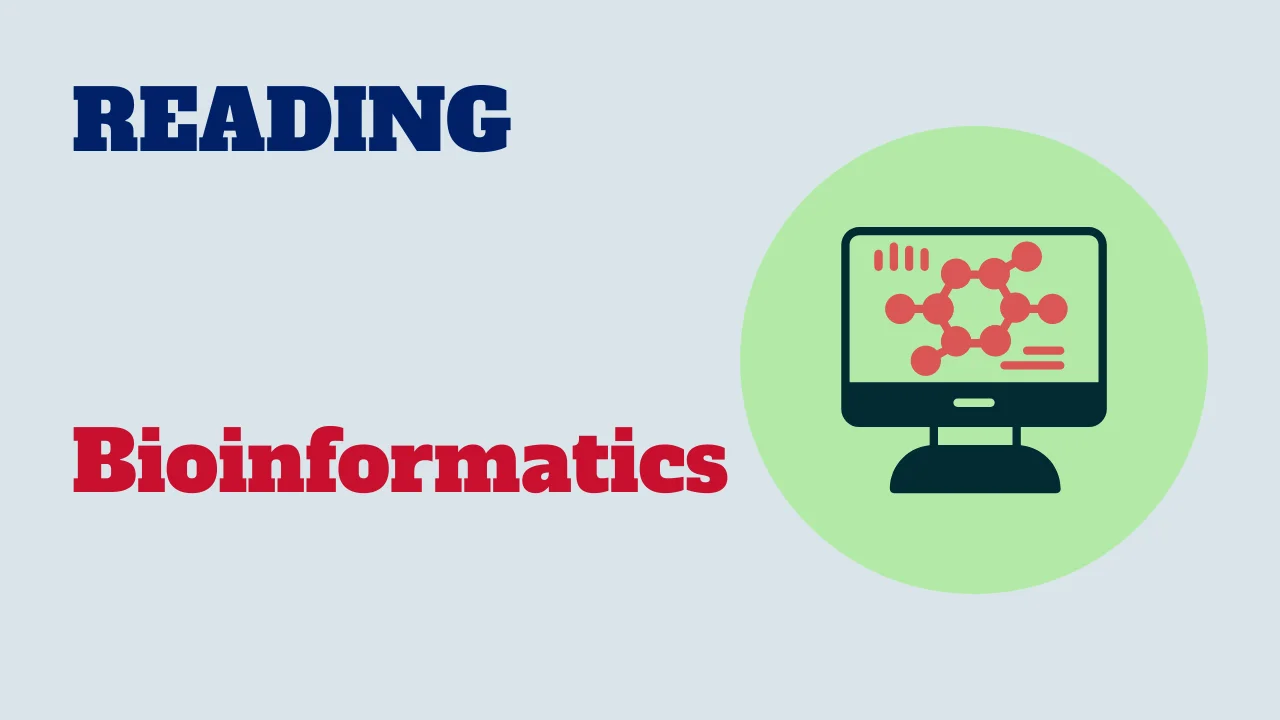In this reading activity, we’ll study the field of bioinformatics which is a dynamic interdisciplinary area that utilizes various scientific disciplines, including biology, computer science, mathematics, and statistics, to analyze and interpret biological data. With the advent of advanced computational techniques, bioinformatics has become instrumental in understanding complex biological processes.

Let’s explore the history, applications, and techniques employed in bioinformatics.
Text: Bioinformatics
Bioinformatics is an interdisciplinary field that combines biology, computer science, and information technology to analyze and interpret biological data. As the volume of biological data has increased exponentially, especially with advancements in genomics, bioinformatics has become essential for managing and extracting meaningful insights from this vast amount of information.
One of the primary focuses of bioinformatics is the analysis of genetic sequences. With the advent of high-throughput sequencing technologies, researchers can now sequence entire genomes quickly and affordably. Bioinformatics tools are crucial for assembling these sequences, identifying genes, and predicting their functions. This has significant implications for understanding the genetic basis of diseases, developing personalized medicine, and advancing evolutionary studies.
Proteomics, the study of the entire set of proteins produced by an organism, is another critical area within bioinformatics. By analyzing protein sequences and structures, bioinformaticians can predict protein functions and interactions, which is vital for drug discovery and understanding cellular processes. Techniques such as protein modeling and molecular docking simulations are used to predict how proteins interact with other molecules, aiding in the design of new therapeutic agents.
Bioinformatics also plays a key role in systems biology, which aims to understand complex biological systems as integrated wholes. By integrating data from genomics, proteomics, metabolomics, and other omics fields, bioinformatics provides a comprehensive view of the molecular mechanisms underlying biological functions and diseases. This holistic approach enables the identification of biomarkers for disease diagnosis and targets for drug development.
The development of bioinformatics databases and software tools is central to the field. Resources like GenBank, the Protein Data Bank (PDB), and the Ensembl genome browser store and provide access to vast amounts of biological data. Software tools such as BLAST for sequence alignment and Cytoscape for network visualization are widely used by researchers to analyze and interpret their data.
In conclusion, bioinformatics is a vital and rapidly evolving field that enhances our understanding of biology through the application of computational techniques. Its contributions to genomics, proteomics, systems biology, and other areas are driving significant advancements in biomedical research, personalized medicine, and biotechnology.
Comprehension questions
Bioinformatics plays a crucial role in modern biology by leveraging computational techniques to analyze large and complex biological data sets. Through interdisciplinary collaboration and advanced computational methods, bioinformatics continues to contribute to our understanding of biological processes and drive innovations in various fields, including medicine, genetics, and evolutionary biology.



